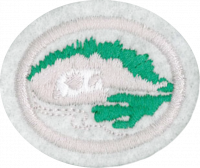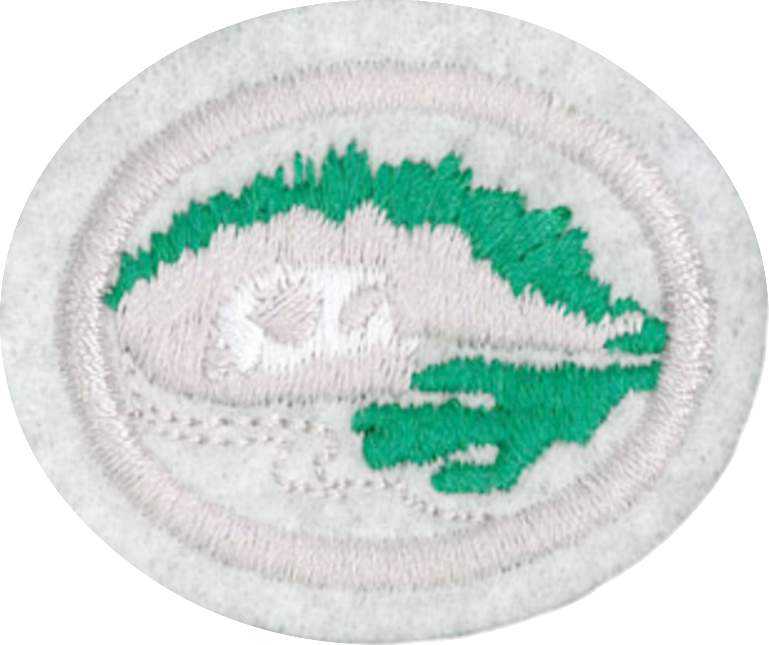Difference between revisions of "AY Honors/Lichens, Liverworts & Mosses/Answer Key/es"
(Created page with "{{clear}}") |
|||
| (18 intermediate revisions by 2 users not shown) | |||
| Line 1: | Line 1: | ||
| − | + | {{HonorSubpage}} | |
| − | + | <section begin="Body" /> | |
| − | {{ | ||
| − | |||
| − | |||
| − | |||
| − | |||
| − | |||
| − | |||
| − | |||
| − | }} | ||
| − | |||
| − | |||
| − | |||
| − | |||
| − | <section begin="Body" /> | ||
{{ansreq|page={{#titleparts:{{PAGENAME}}|2|1}}|num=1}} | {{ansreq|page={{#titleparts:{{PAGENAME}}|2|1}}|num=1}} | ||
<noinclude></noinclude> | <noinclude></noinclude> | ||
| − | <!-- 1. | + | <!-- 1. Conocer el ciclo de vida de un musgo, un liquen o una hepática. --> |
| − | |||
| − | |||
{{clear}} | {{clear}} | ||
| Line 27: | Line 11: | ||
{{clear}} | {{clear}} | ||
| − | + | {{clear}} | |
{{clear}} | {{clear}} | ||
| Line 43: | Line 27: | ||
{{ansreq|page={{#titleparts:{{PAGENAME}}|2|1}}|num=2}} | {{ansreq|page={{#titleparts:{{PAGENAME}}|2|1}}|num=2}} | ||
<noinclude></noinclude> | <noinclude></noinclude> | ||
| − | <!-- 2. | + | <!-- 2. ¿Qué son los líquenes? --> |
| − | |||
<noinclude></noinclude> | <noinclude></noinclude> | ||
| Line 50: | Line 33: | ||
{{ansreq|page={{#titleparts:{{PAGENAME}}|2|1}}|num=3}} | {{ansreq|page={{#titleparts:{{PAGENAME}}|2|1}}|num=3}} | ||
<noinclude></noinclude> | <noinclude></noinclude> | ||
| − | <!-- 3. | + | <!-- 3. Nombrar por lo menos dos maneras de cómo los líquenes han sido de valor para el hombre. --> |
| − | |||
| − | |||
{{clear}} | {{clear}} | ||
| Line 62: | Line 43: | ||
{{ansreq|page={{#titleparts:{{PAGENAME}}|2|1}}|num=4}} | {{ansreq|page={{#titleparts:{{PAGENAME}}|2|1}}|num=4}} | ||
<noinclude></noinclude> | <noinclude></noinclude> | ||
| − | <!-- 4. | + | <!-- 4. ¿Cómo se diferencian las hepáticas a todas las demás plantas verdes? Mencionar uno que se utiliza en acuarios. ¿Cuál es su función? --> |
| − | |||
{{clear}} | {{clear}} | ||
| Line 71: | Line 51: | ||
{{ansreq|page={{#titleparts:{{PAGENAME}}|2|1}}|num=5}} | {{ansreq|page={{#titleparts:{{PAGENAME}}|2|1}}|num=5}} | ||
<noinclude></noinclude> | <noinclude></noinclude> | ||
| − | <!-- 5. | + | <!-- 5. Describir al menos tres maneras importantes de cómo el musgo se ha desempeñado en la economía del hombre. --> |
| − | |||
| − | |||
| − | |||
| − | |||
| − | |||
| − | |||
| − | |||
| − | |||
<noinclude></noinclude> | <noinclude></noinclude> | ||
| Line 85: | Line 57: | ||
{{ansreq|page={{#titleparts:{{PAGENAME}}|2|1}}|num=6}} | {{ansreq|page={{#titleparts:{{PAGENAME}}|2|1}}|num=6}} | ||
<noinclude></noinclude> | <noinclude></noinclude> | ||
| − | <!-- 6. | + | <!-- 6. Hacer un jardín de musgo (pequeño terrario) o «jardín eterno» utilizando por lo menos tres diferentes clases de musgos y líquenes. --> |
| − | ''' | + | '''Nota:''' Esta actividad cumple con un requisito en el plan de estudios en la sección de [[Investiture_Achievement/Ranger/Nature_Study/es|Estudio de la Naturaleza para Orientadores]]. |
| − | {{:Eternal_Garden}} | + | {{:Eternal_Garden/es}} |
<noinclude></noinclude> | <noinclude></noinclude> | ||
| Line 93: | Line 65: | ||
{{ansreq|page={{#titleparts:{{PAGENAME}}|2|1}}|num=7}} | {{ansreq|page={{#titleparts:{{PAGENAME}}|2|1}}|num=7}} | ||
<noinclude></noinclude> | <noinclude></noinclude> | ||
| − | <!-- 7. | + | <!-- 7. Buscar e identificar cinco líquenes, una hepática y seis musgos. --> |
| − | |||
{{clear}} | {{clear}} | ||
| Line 106: | Line 77: | ||
{{ansreq|page={{#titleparts:{{PAGENAME}}|2|1}}|num=8}} | {{ansreq|page={{#titleparts:{{PAGENAME}}|2|1}}|num=8}} | ||
<noinclude></noinclude> | <noinclude></noinclude> | ||
| − | <!-- 8. | + | <!-- 8. Observar las cápsulas (esporangios) de diferentes clases de musgo bajo una lupa para ver las diferencias en los «topes del pelo» y «dientes» que separan a muchas especies. --> |
| − | |||
{{clear}} | {{clear}} | ||
| Line 117: | Line 87: | ||
{{clear}} | {{clear}} | ||
| − | + | {{clear}} | |
| − | |||
| − | |||
<noinclude></noinclude> | <noinclude></noinclude> | ||
| Line 125: | Line 93: | ||
<noinclude></noinclude> | <noinclude></noinclude> | ||
==References== | ==References== | ||
| − | |||
| − | |||
| − | |||
| − | |||
| − | |||
| − | |||
| − | |||
<noinclude></noinclude> | <noinclude></noinclude> | ||
| − | + | ||
| + | [[Category:Adventist Youth Honors Answer Book/Do at home{{GetLangSuffix}}]] | ||
| + | {{CloseHonorPage}} | ||
Latest revision as of 20:10, 29 September 2023
Nivel de destreza
3
Año
1961
Version
29.12.2025
Autoridad de aprobación
Asociación General
1
2
3
4
5
6
Nota: Esta actividad cumple con un requisito en el plan de estudios en la sección de Estudio de la Naturaleza para Orientadores.
Se puede construir un terrario a partir de cualquier recipiente transparente de casi cualquier tamaño, desde frascos de comida para bebés hasta recipientes de almacenamiento.
Comience poniendo una capa de grava, piedras, vermiculita o perlita. Luego coloque una capa de tierra encima. Coloque las plantas sobre la tierra y agregue algunas piedras para darle interés. Riegue una vez, pero no en exceso. Coloque la tapa y coloque el recipiente en un lugar donde pueda recibir luz solar indirecta. Si las algas comienzan a crecer en las paredes del contenedor, muévalo a un lugar más sombreado. No debería ser necesario abrir la tapa durante meses, ya que el terrario desarrollará su propio clima y toda la humedad permanecerá en el recipiente.
7
8


